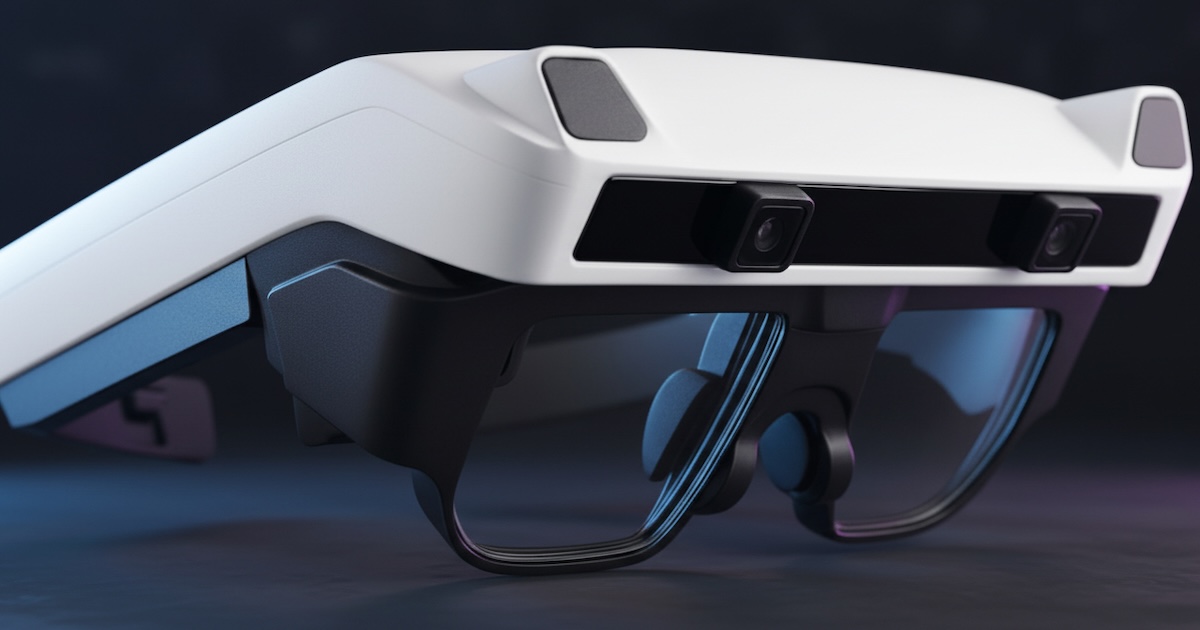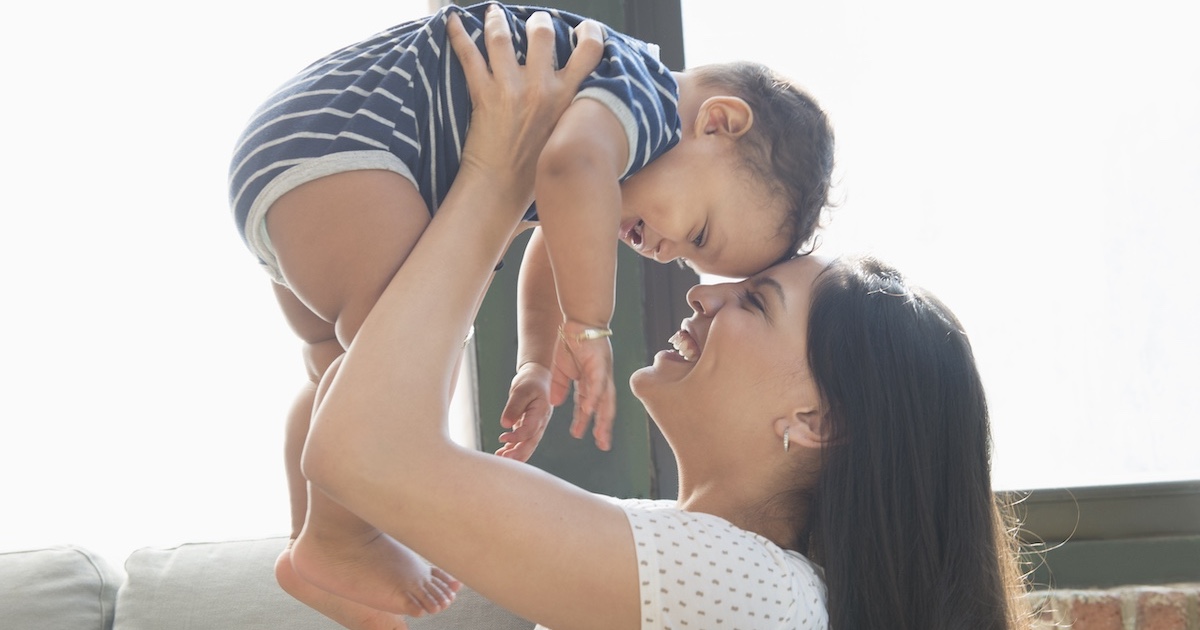We've seen mobile health apps take off, to the point that federal regulators are trying to sort out how they should be governed before someone gets hurt. And we've seen wearable health and wellness devices hit the ground running – literally – with everyone from startups to giants like Microsoft and Google looking for a piece of the action.
But what of home health monitoring platforms – the true telehealth solutions? Are health systems finally finding the funding and the fortitude to take on these solutions to connect with and monitor their patients outside the hospital, clinic or doctor's office?
Jason Goldberg thinks so. The president and founder of IDEAL LIFE, which has been one of the front-runners in the home health monitoring movement since its launch in 2002, sees the market shifting in his favor. Both payers and providers, he says, are starting to see the value in chronic care management in the home, and for that they'll need the tools and services to connect in real-time with consumers.
"The market is growing effectively," Goldberg told mHealth News. "It's still probably a year away fundamentally from (universal healthcare acceptance), but it's becoming a standard of care."
Goldberg said he's seen a "flurry of activity" in the telehealth space, from both providers and vendors, and that's creating some challenges. That activity, he said, has created "a lot of clutter, a lot of vaporware, a lot of misinformation on how to create a program."
As 2014 takes root, Goldberg sees three trends shaping the telehealth industry:
- Integration. "More than ever before, there's a willingness to understand" that solutions and systems shouldn't be standing alone, he said. Vendors have to talk to each other and allow their products to integrate with other solutions that add value to the platform. And providers and payers have to understand as well that one system won't complete the home-based care package. "We have to be speaking more to each other than we have in the past," he said.
- Identification. Not all mobile technologies are going to solve the nation's healthcare woes, Goldberg said. There's a certain "euphoria surrounding mHealth," he said, that masks the fact that technology works in some cases and doesn't work in others. "Sometimes an app isn't relevant or meaningful," Goldberg said. Payers and providers are therefore going to need a greater understanding of what they can do with telehealth and mHealth,
- Education. "It's not just creating a widget, putting it on the shelf and people picking it up or buying it and knowing what to do with it," Goldberg added. Telehealth companies have to have the resources in place to guide consumers and providers to the best use possible for the technology. Therefore, as more and more providers, payers and consumers look to home-based monitoring, they need to have the support in place to know how to use it properly.
Goldberg's IDEAL LIFE, which markets a number of "plug 'n go" devices that help consumers monitor their health at home, is ideally positioned to ride the wave. Last year the company announced a partnership with home security provider ADT that combines IDEAL LIFE's platform with ADT's interactive home management system. Goldberg called the deal an important step in the company's evolution – a "thinking outside the box" moment that recognizes how home-based healthcare will incorporate not just healthcare but the whole environment.
"We're thinking about practical views and natural fits," he said. "We're incorporating everything into the environment."
And to make sure the focus is not lost on telehealth's ultimate benefit, the company is now featuring a series of videos that depict how IDEAL LIFE technology has improved (and in some cases saved) consumers' lives.
"There's been a seismic change in the way traditional institutions think about healthcare delivery," Goldberg said. And telehealth, he added, "is now great way to start the conversation."


